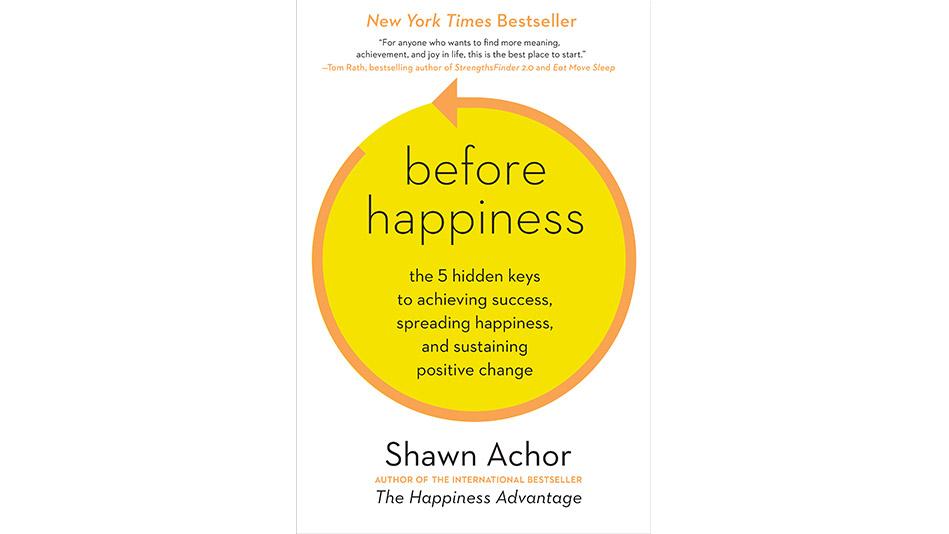
What Happens When You Turn a Hospital Into a 5-Star Hotel?
Choose Happiness with Shawn Achor's new two-part online course
Available at Amazon| Barnes & Noble | Indiebound
In a 2012 article for the Harvard Business Review, I wrote about the extraordinary steps the Louisiana-based company Ochsner Health System made after Katrina to raise positive genius among their eleven thousand health care providers, administrators, salespeople, and staff. I had been invited several times over the course of two years to help their leaders implement my Happiness Advantage research. But what I soon realized was that if we really wanted to help them transform their organization, it wasn't enough to just convince a few top leaders that the best way to improve the hospital's bottom line was to raise levels of happiness first. They had to plant the idea that "happiness is contagious and advantageous" in the brains of everyone in the organization.
The character Michael Scott from NBC's The Office is famous for needlessly and often hilariously pointing out the obvious. In one episode, he declares, "I do not like hospitals. In my mind, they are associated with sickness." This is funny (to me) because of course hospitals are associated with sickness. The problem is that, as research shows, when we think about something as being unhealthy, it has an unhealthy effect upon us. That's why people oft en start to manifest the symptoms of the diseases they most fixate upon, and it's the reason first-year medical students get the infamous "medical school syndrome" in which they start believing that they have each disease they are studying. But this poses a significant problem for hospitals: How can you make people feel healthier in a place associated with sickness and disease?
Simple. You turn your hospital into a Ritz-Carlton.
The Ritz-Carlton hotel brand has become synonymous with "five-star" customer service, and for good reason. Contrary to what you might think, it's not just because of their plush towels or large swimming pools or comfortable beds. It's because the Ritz does business according to a simple code of service: make the guest feel valued, and exceed expectations. I once stayed at a Ritz in D.C., paid for by a client, and when I asked to change rooms because mine smelled of smoke, the hotel immediately found me a better room, then paid for my dinner and drinks and even threw in a free massage to compensate me for the very minor inconvenience. But most people don't know the secret ingredient in Ritz's sensational service: they franchised a policy called the 10/5 Way, which turns out to be the perfect example of how to transform an organization through positive inception.
The 10/5 Way involves just a few simple behavioral rules that all staff are trained to follow. If a guest walks by a Ritz employee within ten feet, the employee should make eye contact and smile. If that guest walks by within five feet, the employee should say, "Hello." This is similar to the policy Sam Walton instituted for his greeters at Walmart, who were supposed to smile whenever they were within ten fee t of a customer (now sadly no longer required). It sounds simplistic, but research has shown that these small changes can have a huge impact on customer satisfaction, employee retention, and the bottom line.
After consulting the experts and reviewing the research, the folks at Ochsner Health System figured that if they wanted to improve the performance in the hospitals by creating a reality of happiness and comfort, who better to emulate than one of the best-known luxury franchises on the planet? So they adopted the 10/5 Way.











